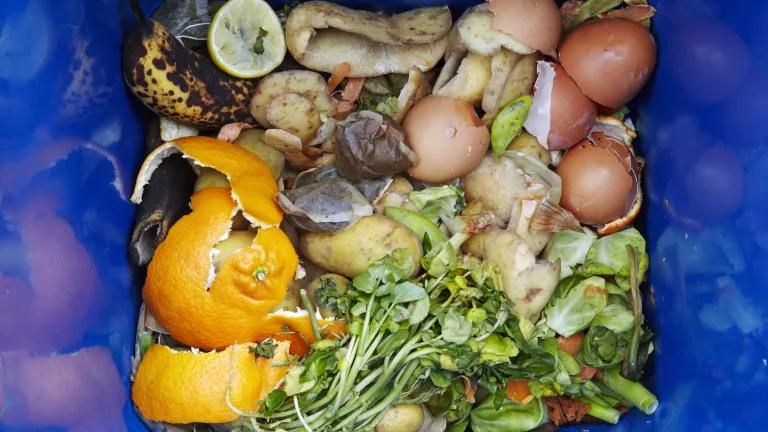KFC publishes very little information about its chicken suppliers or the antibiotic use practices on its suppliers’ farms, but what is publicly available indicates that some KFC suppliers employ practices that threaten public health. Below, we summarize the information linking KFC to chicken producers that are reported to use antibiotics. NRDC urges KFC and its suppliers to be transparent about antibiotic-use practices and commit to phasing out the use of antibiotics important for human medicine except when birds are sick—with verification by a third party.
- KFC has more restaurants than any other chicken chain and is the second-highest in sales. Chick-fil-A, which ranks first in sales, has pledged to only sell chicken raised without antibiotics by 2019. KFC can also make antibiotic-safe chicken available to millions of Americans.
- Unlike several of its competitors, including Chick-fil-A and McDonald's, KFC does not have a strong antibiotics stewardship policy for the companies that supply their restaurants with chicken. KFC recently said it would comply with the weak U.S. Food and Drug Administration policy known as Guidance 213, but this has a major loophole that allows the routine use of antibiotics to continue.
- KFC was given an F on last year’s fast-food industry antibiotics scorecard released by NRDC and a number of leading public interest organizations (see Chain Reaction).
- According to a Reuters exposé, Koch Foods, reported to be a KFC supplier, used medically important antibiotics, including virginiamycin, in the production of its chicken. The U.S. Food and Drug Administration and World Health Organization consider virginiamycin “highly important” to human medicine.
- In addition to Koch Foods, Pilgrim’s Pride, Tyson, and Case Farms are also reported to be KFC suppliers. Of these companies, only Tyson has a meaningful antibiotics stewardship policy. KFC has not disclosed the drug-use practices of its suppliers.
- U.S. chicken companies are not required to disclose what drugs they use, or how much of any drug they use, to the public or any government agency. Yet we know that drugs closely related to familiar and important human medicines, like tetracycline and penicillin, are approved for use in U.S. poultry production.
- The FDA's NARMS program tests uncooked chicken products sold at retail outlets. Retail chicken from KFC suppliers Pilgrim’s Pride and Tyson was tested in 2011, 2012, and 2013. Multidrug-resistant bacteria were found in these samples, which may have resulted from the routine use of antibiotics by these companies.*
- McDonald's, Chick-fil-A, Subway, Papa John’s, and, most recently, Taco Bell have pledged to serve chicken raised without the routine use of antibiotics.
- The routine use of medically important antibiotics on farms contributes to increasing rates of antibiotic-resistant bacteria, or "superbugs," that are reducing the effectiveness of these medicines and making infections in people increasingly difficult to treat.
- A whopping 70 percent of all medically important antibiotics in the United States are sold for use on poultry and livestock, not people. These antibiotics are often given to animals to make them grow faster and/or to prevent infections that are likely to arise as a result of the stressful, unsanitary conditions that are the norm in industrialized farming systems.
*NRDC obtained 2011–2013 NARMS data through a Freedom of Information Act request. We plan to publish our full analysis.



